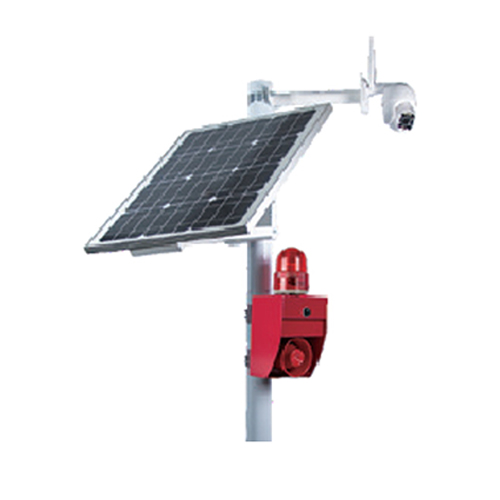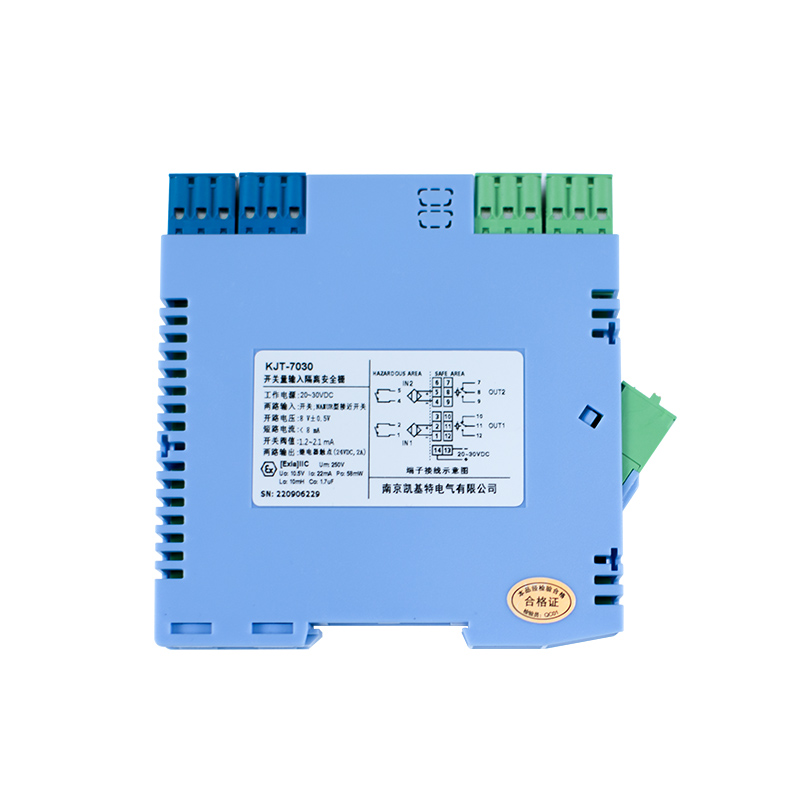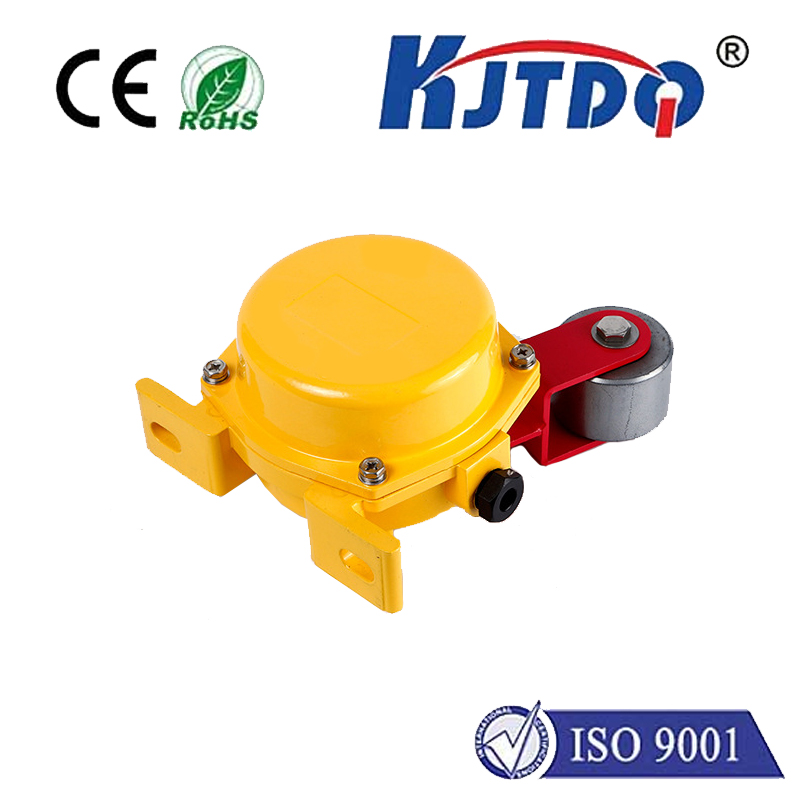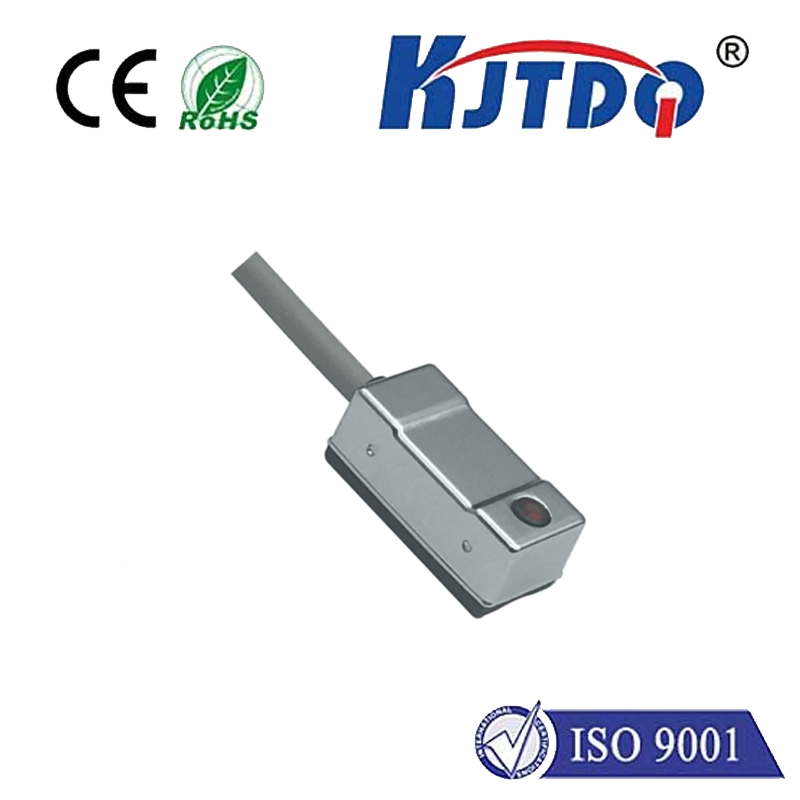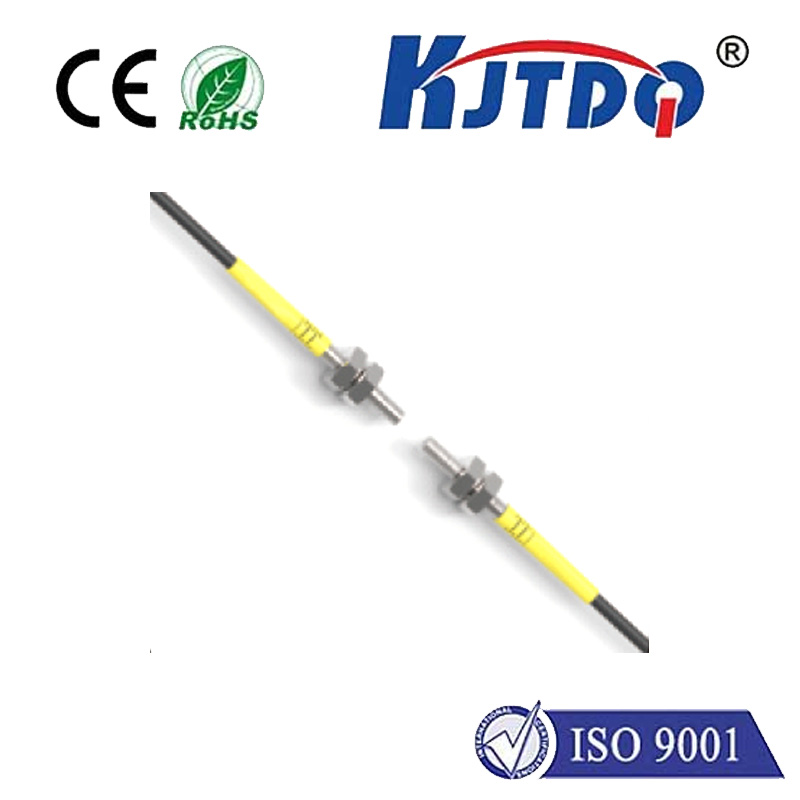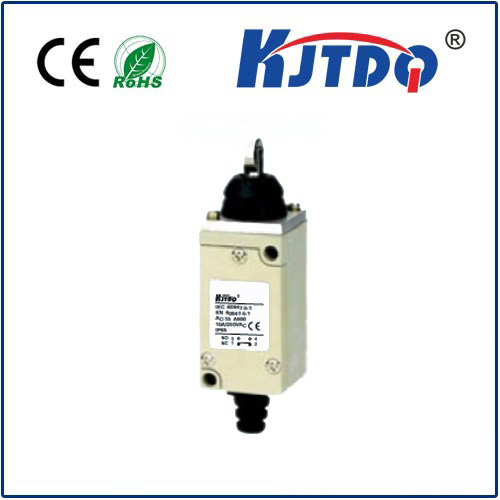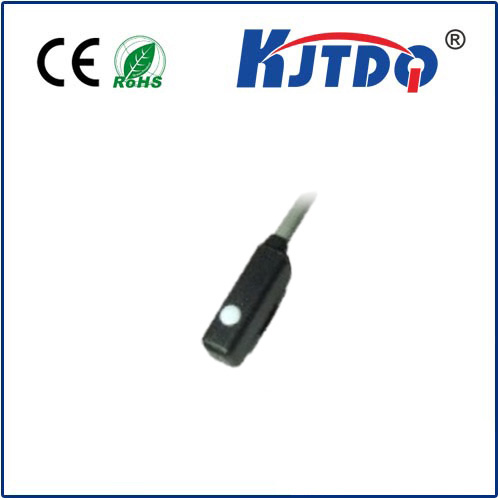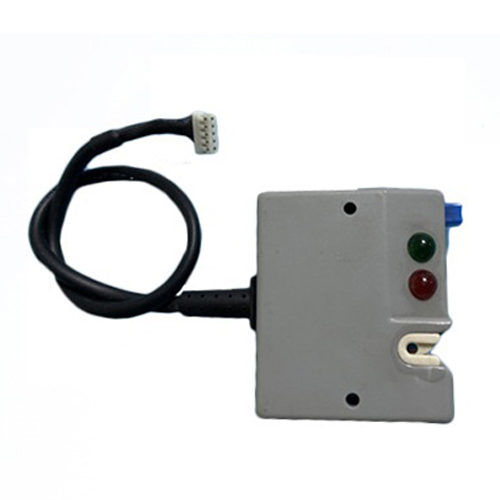smart home proximity sensor
- time:2025-06-25 01:06:34
- Click:0
Smart Home Proximity Sensors: The Silent Guardians of Convenience and Efficiency
Picture this: you stumble into a dark hallway late at night, fumbling for a switch. Or, you juggle groceries at the front door, desperately needing light. Now, imagine stepping into that same hallway or approaching your door only for lights to gently illuminate your path, hands-free. This isn’t magic; it’s the magic of smart home proximity sensors. These unassuming devices, often hidden in plain sight, are revolutionizing how we interact with our living spaces, transforming mundane routines into seamless experiences.
What Exactly Are Smart Home Proximity Sensors?
At their core, smart home proximity sensors are electronic devices designed to detect the presence or absence of an object (usually a person) within a specific range without physical contact. They work by emitting a field or beam (like infrared light, radio waves, or ultrasonic sound) and analyzing the response. When an object enters this field, it disrupts the signal, triggering the sensor.
Unlike traditional motion detectors that often sense broader movement across a room, proximity sensors excel at detecting approach or very close presence. They act as the eyes of your smart ecosystem, providing precise contextual information: “Someone is near the front door,” “A person is standing directly at the kitchen counter,” “The bathroom is currently occupied.”
The Power of Presence: Key Benefits in Your Smart Home

Integrating proximity sensor technology unlocks a world of automation and efficiency:
- Effortless Lighting Control: This is perhaps the most popular application. Walk-in closets, pantries, hallways, laundry rooms, and under-cabinet areas become brilliantly intuitive. Lights activate only when needed, directly where you are, eliminating the hunt for switches and conserving energy. Imagine a soft glow welcoming you as you approach the bathroom sink at night.
- Enhanced Security & Monitoring: Proximity detection adds a subtle security layer. Sensors near entry points, safes, or valuable display cabinets can send discreet alerts to your phone when unexpected presence is detected. They can also verify if a scheduled visitor arrived at the designated time.
- Context-Aware Automation: Proximity takes automation beyond simple timers. Knowing someone is standing at the kitchen sink allows smart faucets to activate. Detecting approach near a smart display could bring up personalized controls or information. Bathroom ventilation fans can kick in automatically upon entry and turn off when vacated.
- Improved Energy Efficiency: By controlling lights, electronics, or climate settings based on actual, immediate presence, proximity sensors significantly reduce energy waste. Lights aren’t left burning in empty rooms; screens power down when no one is directly in front of them; thermostats adjust based on room occupancy.
- Accessibility and Convenience: For individuals with mobility challenges or when your hands are full, proximity-triggered actions are invaluable. Automatic doors based on approach, voice assistant activation upon detection, or lights turning on before you even reach a room enhance independence and ease of living.
Types of Smart Home Proximity Sensors: Matching Tech to Task
Several technologies power these smart sensors, each with distinct advantages:
- Infrared (IR / PIR - Passive Infrared): Commonly used, detects heat signatures (body heat). Good for detecting approaching people but can have limited accuracy differentiating stationary individuals. Often confused with motion detectors, but PIR can be tuned for proximity in specific setups.
- Ultrasonic Sensors: Emit high-frequency sound waves and measure echo reflection time. Ultrasonic proximity sensors detect objects regardless of material or temperature, making them suitable for spaces like bathrooms where steam might affect other sensors. They can cover specific zones effectively.
- Capacitive Sensors: Detect changes in an electrical field caused by conductive objects (like the human body). Excellent for immediate, close-range detection (e.g., behind a countertop panel, near a light switch) but typically have a very short range.
- Millimeter Wave (mmWave) Radar: An advanced technology increasingly found in premium sensors. Uses high-frequency radio waves to detect presence, motion, and even vital signs like breathing (for occupancy detection). Millimeter wave sensors offer superior accuracy, can “see” through materials like fabric or thin walls (within limits), and differentiate between humans and pets. They excel in challenging environments.
- Time-of-Flight (ToF) Sensors: Emit a light pulse and measure the time it takes to reflect back, creating a depth map. ToF technology provides precise distance measurement and presence detection within a defined zone.
Integrating Proximity Sensors: Creating Truly Smart Interactions
The true power of smart home proximity sensors emerges when they communicate seamlessly with other devices via hubs like SmartThings, Home Assistant, or Apple HomeKit/Hub:
- Triggering Actions: “When sensor detects presence in hallway and light level is low -> Turn on hallway lights to 20%.” “When proximity sensor at desk detects absence for 10 minutes -> Turn off monitor and desk lamp.”
- Enabling Scenes: “Approaching the front door (detected by proximity sensor) unlocks the smart lock and turns on the entryway lights.” “Sitting down at the home office desk activates focus mode: adjusts lights, silences phone notifications.”
- Enhancing Security Routines: “Proximity sensor on patio door triggered between 1 AM and 5 AM -> Sound alarm and send immediate alert.” “Proximity sensor at garage entrance after arming ‘Away’ mode -> Trigger camera recording.”
Beyond the Basics: The Evolving Role of Presence Detection
The future of smart home proximity sensing looks even more intelligent and integrated:
- Multi-Sensor Fusion: Combining proximity detection with motion, light, sound, and even air quality sensors creates richer contextual understanding. Was that movement a pet or a person? Is someone actively working at the desk or just passing by?
- Person Identification (Emerging): Advanced systems (like mmWave or camera-based with privacy focus) are beginning to distinguish between household members, enabling personalized automations (“Welcome home, Sarah” vs. triggering alerts for unknown persons).
- Predictive Automation: Learning routines and predicting needs based on aggregated presence data. Anticipating your arrival home to adjust climate settings, or recognizing you’re settling down for TV time to dim the lights.
- Enhanced Privacy-Focused Sensing: Technologies like mmWave radar offer detailed presence and occupancy data without the privacy concerns associated with cameras, making them ideal for sensitive areas like bedrooms and bathrooms.
Embracing Smarter Interactions
Smart home proximity sensors are far more than just light triggers. They are the subtle, intelligent sentinels that bring context-awareness to our living spaces. By accurately detecting our presence and approach, they create a home that anticipates needs, enhances security, simplifies routines, and conserves resources – all while operating quietly in the background. This shift from manual control to automated, context-driven interaction represents a fundamental leap towards truly intuitive and responsive living environments. As technology advances, the precision and capabilities of these sensors will only deepen, making our homes not just connected, but profoundly understanding and attuned to our daily lives.






